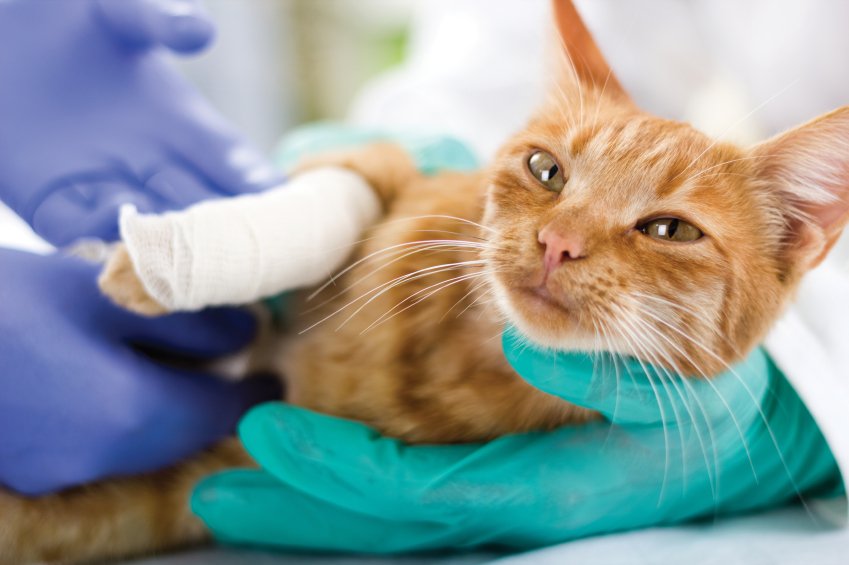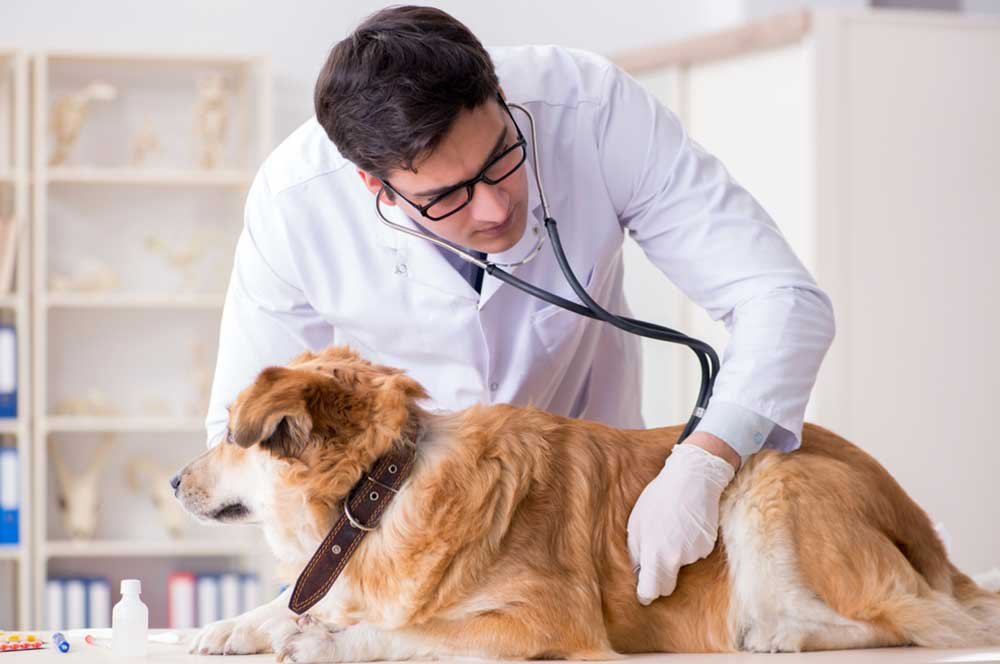Having a pet experiencing pain is scary. The pain could slow them down, or it could be so intense that your pet struggles to move. Pain can also take away your pet’s appetite and cause problems with grooming.
You might not be able to completely understand what your pet is going through, but you can imagine what it would be like for yourself and then take that into account when your pet isn’t feeling well.
In this guide, we’ll teach you everything you need to know about pain management for your pet.
How Do I Know If My Pet Is in Pain?
If your pet is experiencing discomfort or even intense pain, there are certain signs that you can look for.
1) Limping or Uneven Gait
A limp or an uneven gait are both signs that your pet is having some discomfort and might be in pain. A limping, or an uneven gait, can be a result of:
An injury, like a broken bone or torn ligament, as well as arthritis, can cause your pet to be in pain.
Back and neck pain can be caused by a slipped disc or spinal stenosis.
If your pet isn’t putting any pressure on the affected limb, that’s also a sign of pain.
2) Sudden Change in Activity
If you’ve noticed a sudden change in your dog or cat’s behaviour, it could be because of pain. If your pet is usually very active and playful, but has suddenly become lethargic and seems to be sleeping more, they may be in pain.
This is especially true if they’re also not eating as much as they normally would. It can also be a sign of pain if your pet is more likely to hide around the house.
3) Sudden Change in Posture
If your pet is typically full of energy, but suddenly looks like a slouch, they may be in pain. Again, if your pet is usually very active and playful, but has suddenly become lethargic, they may be in pain.
If your pet’s posture has changed in any way, they may be in pain.
4) Consistent Panting or Breathing
When your pet breathes in, do they make a sound like they’re trying to breathe through a straw? If your dog or cat is breathing heavier than normal, it can be a sign of pain. This is often accompanied by a sudden change in posture.
This may also be a sign of shock, which can be life-threatening, so it’s important to take your pet to the veterinarian right away.
5) Increased Aggression
Is your normally sweet pet starting to show more signs of aggression? A change in behaviour like this could be a sign that your pet is in pain. They may become aggressive toward the people or other animals in their lives. The aggression could be emotional or physical.
This too can be a sign of shock, so it’s important to get your pet to the veterinarian right away. You may want to make sure that you have pet insurance to help with bills if your pet needs extensive care.
6) Altered Sleep
Does your pet sleep differently? If your normally active pup or cat is sleeping more or sleeping more restlessly, it’s a sign that something isn’t right. Pain can keep your pet up at night or make them sleep more. If your pet is sleeping too much or not enough, they may be in pain.
If you notice that your pet is sleeping less, or not getting restful sleep, say from 3 a.m. to 5 a.m., it could be a sign that they’re not feeling well.
7) Lessened Appetite
If your pet isn’t eating his normal diet, it can be a sign that they’re not feeling well. If they aren’t eating as much as they normally would, they may be in pain. If they aren’t eating as much as they normally would, they may be in pain.
If your dog or cat is showing any of these symptoms, you should closely evaluate the situation. Most likely they aren’t in pain, but it’s best to get your pet checked out.
8) Change in Vocalisation
Have you noticed a change in the way your pet is vocalizing? It could be a sign that something is wrong. If your dog or cat is making strange noises that he or she hasn’t made before, for example, you may want to take him or her to the vet to get checked out.
9) Difficulty Moving Up or Down
Is your pet struggling to get up or down or even climb stairs? If your dog or cat has trouble changing position, they may be in pain. Changes in the way your pet moves are a sign that they’re sick or injured. If your pet is struggling to jump up onto the bed or struggling to jump down, they could be in pain.
This can also be a sign that something is wrong with their bones or joints. Be sure to talk to your veterinarian if you notice your pet struggling to climb up or down from a bed or climb stairs.
10) Restlessness
If your dog or cat is more active than usual, and is running around the house or jumping up onto things, they could be in pain. This can also be a sign that your pet is experiencing some kind of shock. If you feel that your pet is more restless than usual, take them to the vet.
It’s also a good idea to talk to your vet if your pet is suddenly more aggressive than they usually are.
How Can I Help My Dog or Cat With Pain?
If your pet is in pain, it can be hard to know what to do. You might feel like you’re helpless and not sure what you’re supposed to do. The best thing you can do for your pet is to stay calm.
Do not give your pet any medication unless a vet has told you to do so. If you notice that your pet is in pain and they need to take medication, it’s best to discuss the situation with your vet to get their advice.
Conclusion
Although your pet may not be in pain, it’s important to rule out any serious illnesses or injuries. Your pet will likely experience some pain at some point or another. Knowing how to deal with it can help you feel more comfortable and confident in your pet’s care.
If you want to help ease some of your pet’s pain, The Paw Resort & Wellness Centre can help. We are a doggie daycare in Brandon, MB focusing on pet health, wellness and safety. Get in touch with us today to get started.




Post Comment